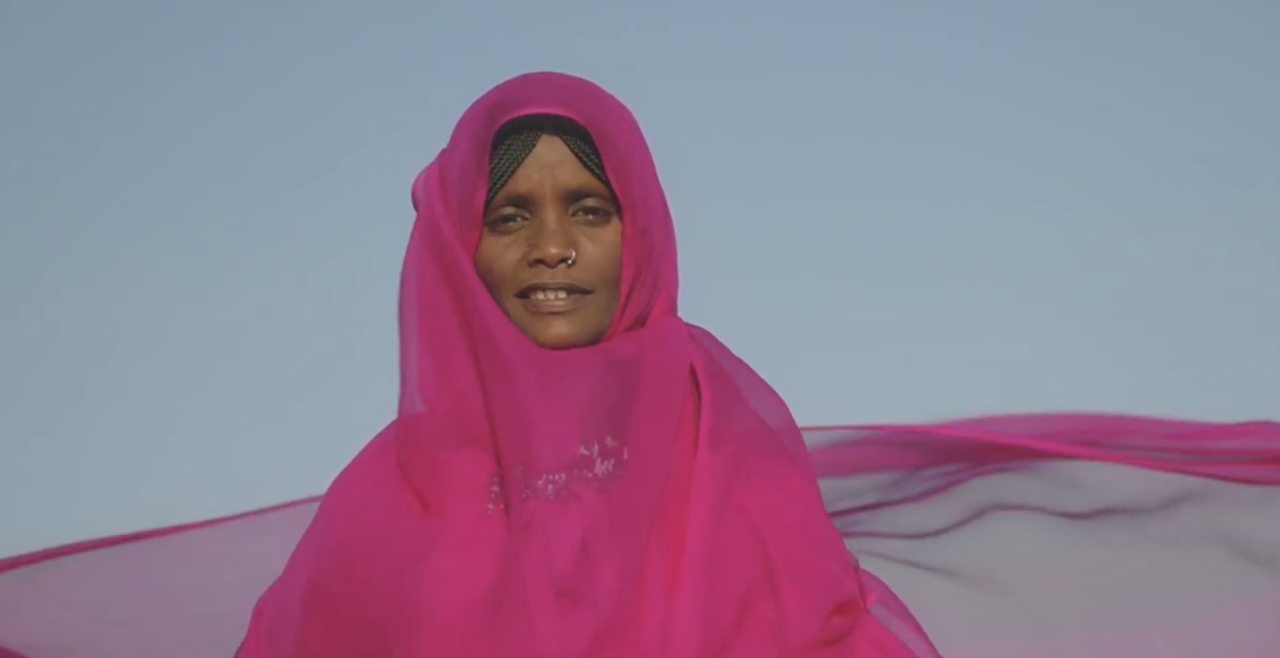A piece of me

“What I want is to live in peace within myself and with my people.”
Region of Afar - In Afar and across the globe, survivors like Khadija are driving change in their communities. For their daughters' generation, the end of female genital mutilation, child marriage and other harmful practices opens up new prospects for health, education and empowerment. Here is her story.
"You can tell the difference. Someone who experiences the pain can’t be happy because she is affected physically. It was our culture in our area, and we are trying to put an end to it, step by step. This has been possible through training. The cutter is a woman and the one being cut is a woman. It is passed down to your daughter – and instead of continuing the legacy, we decided to stop it. After numerous trainings, we understood that what we were doing was a mistake. You shouldn’t hurt your own child with your own hands; you should treat them well. Whether it is broadcast on the radio or television or spoken by Afars, the message is: “Stop FGM.” It existed before us and also during our time. Not only was it done to us, we were practising it, too. Unless we stop this, the next generation might also practise FGM. We must stop it here. "
“You can tell apart the woman who has been cut from the uncut one.” - Khadija
This puts ending female genital mutilation at the very heart of what makes sustainable development possible – a link recognized by the International Conference on Population and Development (ICPD) 25 years ago.
This year, the Nairobi Summit on ICPD25 offers the chance for a renewed global commitment to end harmful practices that perpetuate gender inequality and violate the human rights of women and girls.
The urgency is as great as ever. Female genital mutilation is declining, but not fast enough.
Today, in the 30 countries that systematically collect data on the practice, it affects about 1 in 3 girls aged 15-19, down from about 1 in 2 in the mid-1980s. But in the countries where it is most prevalent, populations are growing – and along with them, the number of girls at risk.
At current rates, 68 million girls worldwide will be cut by 2030. It is time to step up action to eliminate female genital mutilation.
Original content from UNFPA A Piece Of Me
